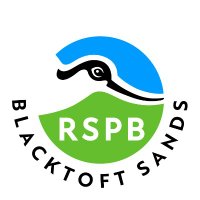
RSPB Blacktoft Sands and the Humber
@blacktoft_sands
On the south bank of the Ouse joining the Humber Estuary, Blacktoft boasts a diverse variety of waders, warblers and raptors. Very accessible trails/hides.
ID: 1143540764267429888
http://www.rspb.org.uk/blacktoftsands 25-06-2019 15:25:38
2,2K Tweet
3,3K Takipçi
162 Takip Edilen

